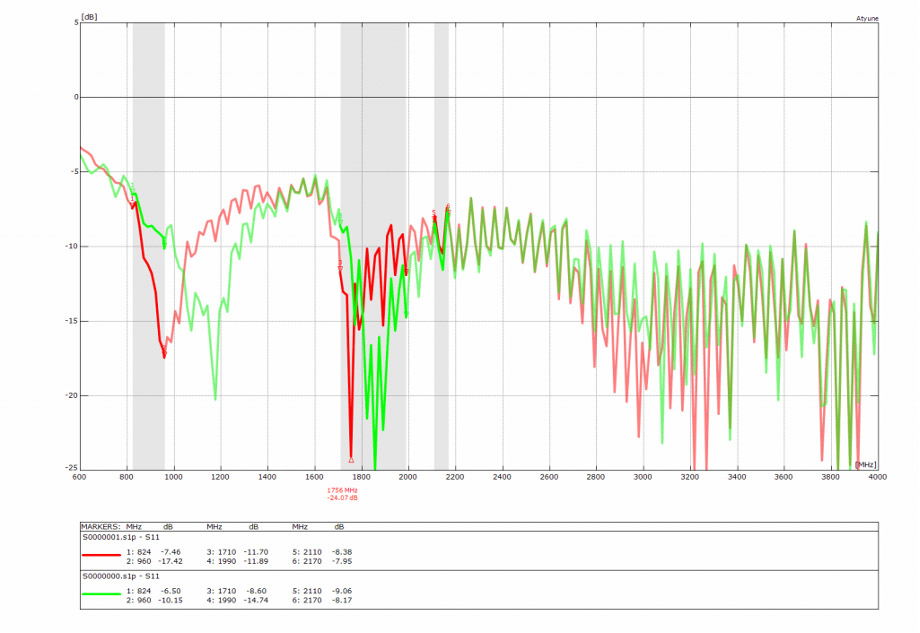Testing Your Antenna
Getting it right for mass production

Impedence Matching
Matching the impedance of an antenna in its final configuration is vital to the power consumption (i.e. battery life) and transmission range of your IoT device.
VSWR
VSWR (Voltage Standing Wave Ratio) expresses the efficiency of transfer of power to an antenna which is negatively affected by an impedance mismatch. The reflection coefficient of the power reflected back from the antenna due to this mismatch is called the Return Loss and is expressed in -dB (the higher the negative value the better). A VSWR less than 3 is considered satisfactory for a cellular radio, and at 2 or better there is little to gain from impedance matching. As VSWR increases the transmit power of the radio module decreases and bit errors can occur, worse, the reflected power can damage the radio.
- VSWR: 2 = Return Loss of -9.5 dB approximated to -10dB
- VSWR: 3 = Return Loss of -6 dB
Resonance Frequency Bandwidth
The frequency gap between two – 6 dB or – 9.5 dB points in the curve on the resonance frequency is called the -6 dB or -10 dB bandwidth. A -10 dB bandwidth (equal to a VSWR of 2) covering the target resonance frequency is the goal of any antenna designer.
Putting it together
In the example above the green graph shows that the -10 dB Return Loss bandwidth is from an estimated 1000 MHz up to 1250 MHz whereas across the target resonance frequency shaded in grey it is below the -10 dB target, and thus the antenna must be adjusted. With the adjustment the red graph shows that the antenna now performs more or less satisfactorily at both target bands (in this case GSM 900 and 1800).
How akorIoT can help
The team offer a range of services to help you get the best possible performance from an antenna , contact us today find out how we can help.
